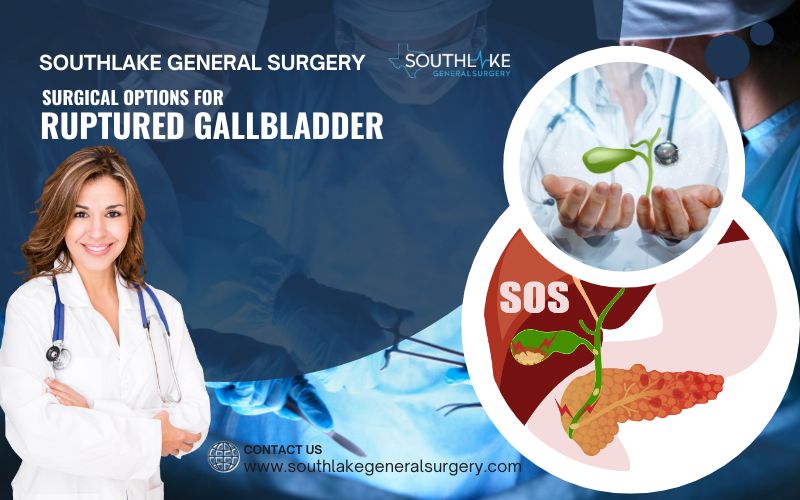A ruptured gallbladder, also known as gallbladder perforation, occurs when there is a tear or hole in the gallbladder wall. This can lead to the leakage of bile, digestive fluids, and sometimes even gallstones into the abdominal cavity.
This condition is considered a medical emergency as it can result in severe infection, abscess formation, or even sepsis if left untreated. Understanding the definition and background of a ruptured gallbladder is crucial to grasp the gravity of the situation and the importance of prompt surgical intervention.
In this article, we will explore the various surgical options available for patients with a ruptured gallbladder. These treatment pathways aim to address the complications caused by the rupture and restore the patient’s health and well-being.
Overview of Surgical Options
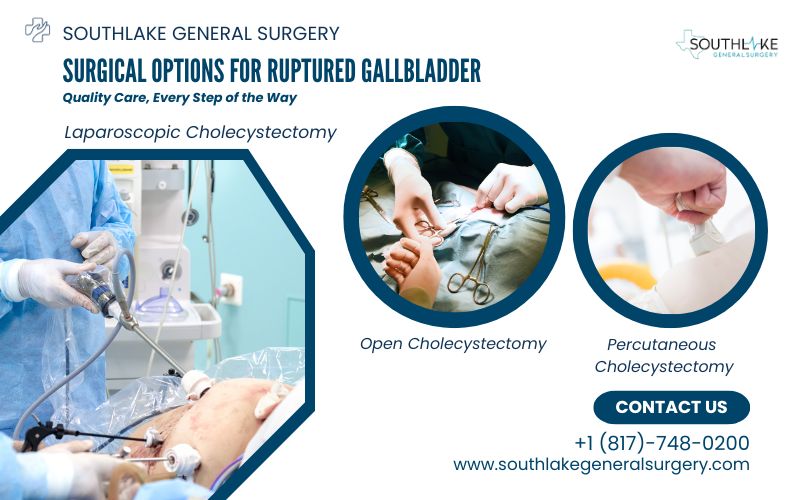
When it comes to treating a ruptured gallbladder, there are several surgical options available to patients. The choice of procedure will depend on various factors, such as the severity of the rupture, the patient’s overall health, and the presence of any complications.
In this section, we will provide an overview of the different surgical options that surgeons may consider when treating a ruptured gallbladder. These options include laparoscopic cholecystectomy, open cholecystectomy, and percutaneous cholecystostomy. Each procedure has advantages and considerations, and the decision will ultimately be based on the patient’s condition and the surgeon’s expertise and preference.
Key Highlights
- In this article, we will explore the various surgical options available for patients with a ruptured gallbladder.
- Treatment options for gallbladder rupture may vary depending on the severity of the rupture and the individual’s overall health.
- Ultimately, the choice between laparoscopic and open surgery should be made after a thorough discussion with the surgeon, weighing the risks and benefits of each approach.
- It is important for healthcare professionals to closely monitor patients with a ruptured gallbladder and provide appropriate treatment to prevent further complications.
- With prompt and effective care, the prognosis for patients with a ruptured gallbladder can be favorable.
What are the causes of Gallbladder Rupture?
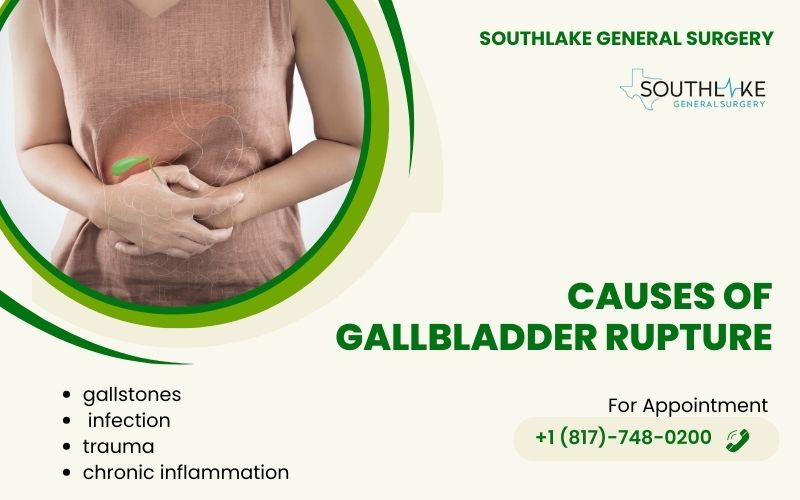
There are numerous causes of gallbladder perforation, also known as rupture. Some common causes include severe inflammation, gallstones, trauma to the abdomen, and infection.
- Gallstones: One of the main causes of gallbladder rupture is the presence of gallstones, which can block the bile ducts and cause increased pressure in the gallbladder, leading to rupture.
- Infection: In some cases, a severe infection in the gallbladder can weaken its walls and increase the risk of rupture.
- Trauma: Trauma to the abdomen, such as a car accident or a direct blow, can also cause gallbladder rupture.
- Chronic inflammation: Long-term inflammation of the gallbladder, such as in cases of chronic cholecystitis, can weaken the walls and make them more prone to rupture.
- Medical procedures: Certain medical procedures, such as ERCP (endoscopic retrograde cholangiopancreatography), can also cause gallbladder rupture.
What are the symptoms of a gallbladder rupture?
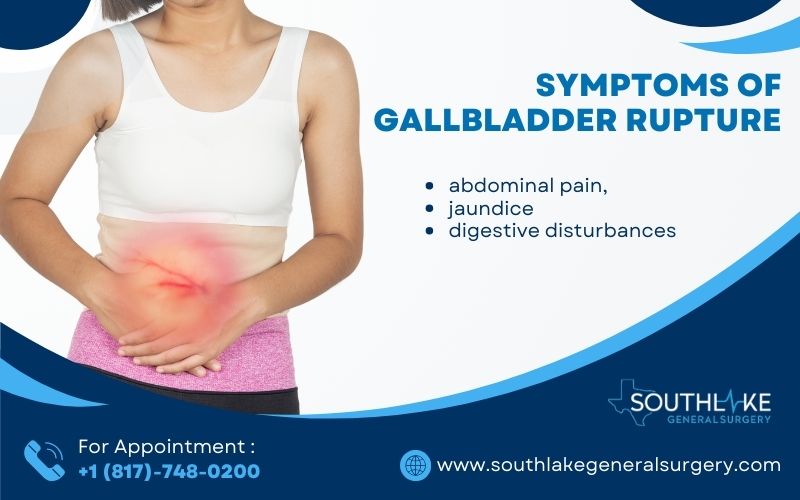
The symptoms of a gallbladder rupture can vary depending on the severity of the rupture and whether any complications have occurred. The symptoms of a gallbladder rupture may include:
1. Severe abdominal pain: The pain is usually intense and may be located on the upper right side of the abdomen.
2. Nausea and vomiting: Rupture can cause digestive disturbances, leading to feelings of nausea and vomiting.
3. Fever and chills: In cases of infection, a fever and chills may be present.
4. Yellowing of the skin and eyes (jaundice): If bile leaks into the abdominal cavity, it can cause jaundice.
5. Abdominal tenderness: The abdomen may feel tender to touch or pressure.
6. Rapid heart rate and low blood pressure: These symptoms may occur due to internal bleeding associated with rupture.
7. Loss of appetite and weight loss: The intense pain and digestive disturbances can result in a decreased appetite, leading to unintentional weight loss.
8. Fatigue and weakness: The combination of pain, nausea, vomiting, and fever can leave individuals feeling exhausted and weak.
9. Swelling in the abdomen: As the condition progresses or if complications arise, fluid may accumulate in the abdominal cavity, causing swelling.
10. Changes in bowel movements: Gallbladder issues can affect the normal functioning of the digestive system, leading to changes in bowel movements.
In some cases, a gallbladder rupture can also lead to the development of an abscess or infection in the abdominal cavity, which can cause additional symptoms such as chills, sweating, and a general feeling of malaise. These additional symptoms may require immediate medical attention.
How to diagnose a gallbladder rupture?
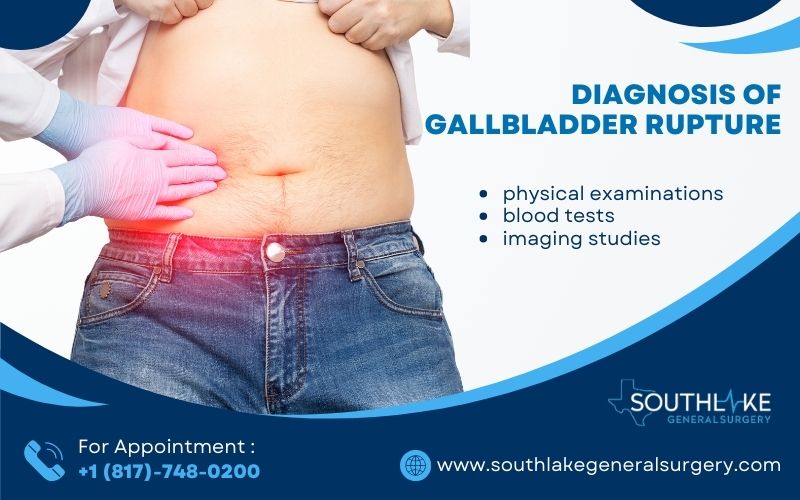
To diagnose a gallbladder rupture, several steps may be taken:
1. Physical examination: A healthcare professional will examine the abdomen for signs of tenderness, swelling, or inflammation.
2. Medical history: The doctor will ask about any previous gallbladder issues or symptoms experienced.
3. Blood tests: Blood tests can help determine if there are any signs of infection or inflammation in the body.
4. Imaging tests: Imaging tests such as ultrasound, CT scan, or MRI may be done to visualize the gallbladder and assess for any abnormalities or ruptures.
5. HIDA scan: This specialized imaging test involves injecting a radioactive dye into the bloodstream to evaluate the functioning of the gallbladder and bile ducts.
6. Exploratory surgery: If other tests are inconclusive or further evaluation is needed, a surgeon may perform exploratory surgery to directly visualize the gallbladder and bile ducts. This procedure involves making an incision in the abdomen and using a camera to examine the organs.
It is important to seek medical attention promptly if you experience any symptoms of a gallbladder rupture, as this condition can be life-threatening and may require emergency surgery to remove the gallbladder.
What are the treatment options for gallbladder rupture?
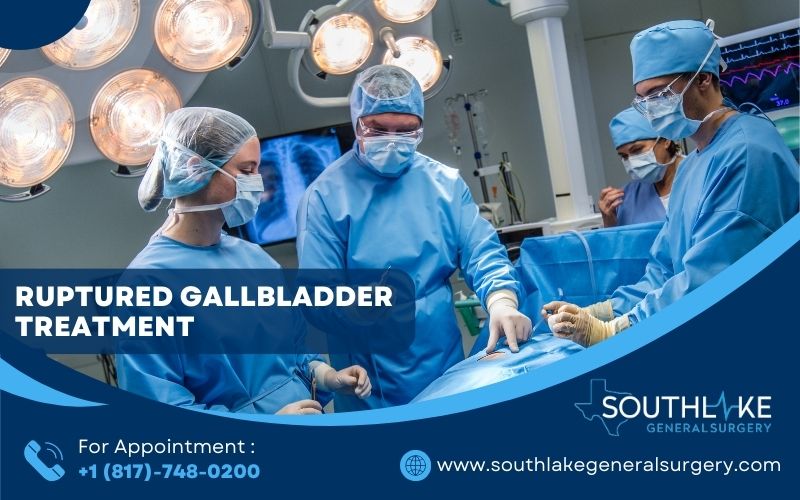
Treatment options for gallbladder rupture may vary depending on the severity of the rupture and the individual’s overall health.
Non-Surgical Treatment Options
Non-surgical treatment options for a ruptured gallbladder are typically reserved for patients who are not suitable candidates for surgery due to their overall health or other underlying medical conditions.
These non-surgical options aim to manage the symptoms and complications associated with a ruptured gallbladder while also allowing the body to heal itself over time.
- Antibiotics: One treatment option for gallbladder rupture is the administration of antibiotics. This is done to prevent or treat any potential infections that may arise from the rupture.
- Pain medications: Another treatment option is the prescription of pain medications. These medications help alleviate discomfort and improve the patient’s quality of life.
- Dietary modifications: In addition to medication, dietary modifications may be recommended. These modifications can include a low-residue or low-fiber diet, which helps promote healing and prevent further complications.
- Monitoring and supportive care: Regular monitoring of the patient’s condition is necessary to ensure that their treatment is effective and any potential complications are detected early on. Supportive care, such as providing proper nutrition and ensuring the patient is comfortable, is also crucial in promoting healing and improving the patient’s well-being during the recovery process.
It is worth noting that the treatment options mentioned above are non-surgical approaches commonly used for gallbladder rupture.
Emergency Surgical Procedures
In cases where non-surgical approaches are not sufficient or the patient’s condition worsens, emergency surgical procedures may be necessary to address a gallbladder rupture. These procedures aim to remove the damaged gallbladder and repair any associated complications, such as bile leaks or infections.
Emergency surgery is typically performed when there is a high risk of further complications or when the patient’s condition is rapidly deteriorating. The specific surgical approach may vary depending on the severity of the rupture and the overall health of the patient.
Cholecystectomy: Removal of the gallbladder
It is the most common surgical procedure for addressing a gallbladder rupture. Traditional open surgery or minimally invasive laparoscopic surgery are both viable options for accomplishing this surgical procedure.
In a laparoscopic cholecystectomy, several small incisions are made in the abdomen, through which a camera and surgical instruments are inserted. The surgeon then carefully removes the damaged gallbladder. This minimally invasive approach often results in less pain, a shorter recovery time, and smaller scars compared to open surgery.
Laparoscopic Approach
It is the preferred method for most patients undergoing cholecystectomy. It offers numerous advantages over open surgery, including reduced postoperative pain, decreased risk of infection, and a faster return to normal activities.
Additionally, the smaller incisions used in laparoscopic surgery result in less scarring and a more cosmetically pleasing outcome for patients. The laparoscopic approach also allows for better visualization of the surgical field, which can lead to improved precision and accuracy during the procedure.
Overall, the laparoscopic approach has revolutionized the field of gallbladder surgery, providing patients with a safer and more efficient recovery.
Open Surgery Approach
On the other hand, the open gallbladder surgery approach, also known as conventional surgery, involves making a larger incision in the abdomen to access the gallbladder. This approach has been used for many years and is still considered a viable option in certain cases. However, compared to laparoscopic surgery, the open approach has some disadvantages.
Risks and Benefits of Each Procedure
The open surgery approach carries a higher risk of infection and complications due to the larger incision and longer recovery time. It also results in more postoperative pain and a higher chance of developing hernias.
Additionally, the open approach may require a longer hospital stay and a slower return to normal activities. However, there are certain cases where the open surgery approach may be necessary, such as when there are complications or if the patient has a history of previous abdominal surgeries.
Ultimately, the choice between laparoscopic and open surgery should be made after a thorough discussion with the surgeon, weighing the risks and benefits of each approach. The surgeon can provide more information about the specific pros and cons of each approach.
Delayed Surgical Procedures
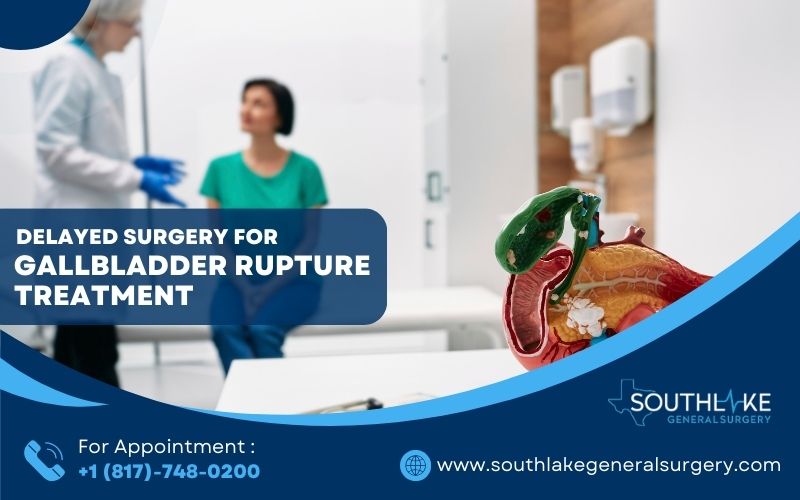
Delayed surgical procedures refer to surgeries that are postponed or rescheduled for a later date. There are various reasons why a surgical procedure may be delayed, including the patient’s overall health condition, the availability of operating rooms, and the surgeon’s schedule.
In some cases, delayed surgical procedures may be necessary to allow the patient to undergo additional tests or treatments to optimize their health before surgery. This could include managing chronic conditions, such as diabetes or hypertension, or addressing any infections or illnesses that could increase the risk of complications during surgery.
Additionally, delayed surgical procedures may also be recommended if the patient is currently taking medications that could interact with anesthesia or other drugs used during surgery.
In such cases, it is important to consult with the patient’s healthcare provider to determine the best course of action. This will ensure the safety and well-being of the patient during the surgical procedure.
Management of sepsis and stabilization before surgery
It is another important consideration in the preoperative period. The risk of complications during surgery can significantly increase if you have sepsis, a potentially fatal infection-related condition.
Therefore, it is crucial to manage and stabilize the patient’s condition before proceeding with any surgical intervention. This may involve administering antibiotics, fluids, and other supportive measures to control the infection and improve the patient’s overall health.
By addressing sepsis before surgery, healthcare providers can minimize the chances of postoperative complications and promote a successful outcome for the patient.
Interval cholecystectomy after initial treatment
It is a common approach for patients with sepsis-related gallbladder inflammation. This procedure involves removing the infected gallbladder once the patient’s condition has stabilized. However, the timing of the interval cholecystectomy is crucial, as performing the surgery too soon can increase the risk of complications.
Therefore, healthcare providers must carefully assess the patient’s response to initial treatment and ensure that the infection is adequately controlled before proceeding with the surgery.
This may involve monitoring the patient’s vital signs, laboratory values, and imaging studies to determine the optimal timing for the procedure. Additionally, a multidisciplinary approach may be necessary to coordinate the efforts of various healthcare professionals involved in the patient’s care.
Factors influencing the decision for delayed surgery
This may include consulting with infectious disease specialists, radiologists, and surgeons to gather different perspectives and expertise in determining the best course of action.
Factors that may influence the decision for delayed surgery include the severity of the infection, the presence of comorbidities, and the overall stability of the patient. It is important to carefully weigh the risks and benefits of proceeding with surgery, considering the potential for complications such as bile duct injury, bleeding, or wound infection.
In some cases, a conservative approach with continued antibiotic therapy and close monitoring may be deemed more appropriate, especially for patients who are frail or have significant coexisting medical conditions.
Follow-up and Postoperative Care

These are crucial aspects of managing patients who have undergone surgery for cholecystitis. After surgery, patients should be closely monitored for any signs of infection or complications.
This may include regular follow-up appointments, laboratory tests, and imaging studies to ensure proper healing and to detect any potential issues early on.
Postoperative care may also involve pain management, wound care, and diet and activity restriction guidance.
Additionally, patients should be educated on the signs and symptoms of complications, such as persistent abdominal pain, fever, or jaundice, and instructed to seek medical attention immediately if these occur.
By providing comprehensive care and information, healthcare professionals can ensure that patients have the necessary tools to take care of themselves and minimize potential risks. This will ultimately lead to better outcomes and improved patient satisfaction.
Outlook for Gallbladder Ruptured
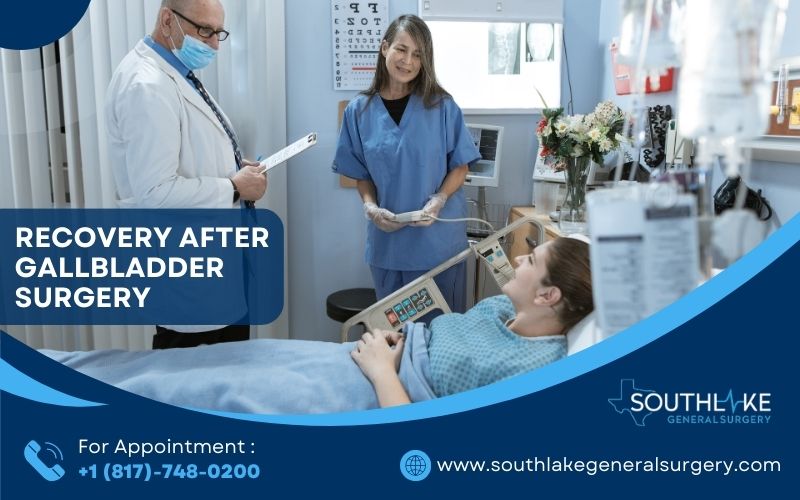
The outlook for a ruptured gallbladder can vary depending on the severity of the rupture and the timeliness of medical intervention. In some cases, a small rupture may heal on its own with proper care and management.
However, larger or more severe ruptures may require surgical intervention to remove the gallbladder and repair any damage to surrounding organs. It is important for healthcare professionals to closely monitor patients with a ruptured gallbladder and provide appropriate treatment to prevent further complications.
With prompt and effective care, the prognosis for patients with a ruptured gallbladder can be favorable. By addressing the underlying cause and managing potential infections, patients can recover and resume their normal activities.
Make an Appointment

For more information on Ruptured Gallbladder or Gallbladder Surgery, you contact our healthcare expert today to book an appointment at +1 (817) 748-0200. You can also make an online appointment with us.
Frequently Asked Questions
1. What are the common symptoms of a ruptured gallbladder?
Common symptoms include severe abdominal pain, fever, nausea, vomiting, and jaundice.
2. How is a ruptured gallbladder diagnosed?
Diagnosis is typically made through a combination of physical examination, medical history, blood tests, and imaging studies such as ultrasound or CT scan.
3. Can a ruptured gallbladder be prevented?
In some cases, lifestyle changes such as maintaining a healthy weight and diet, exercising regularly, and avoiding rapid weight loss can help prevent a ruptured gallbladder.
4. Can a ruptured gallbladder be treated without surgery?
Unfortunately, a ruptured gallbladder usually requires surgical intervention to remove the gallbladder and repair any damage to surrounding organs. It is important to closely monitor patients with a ruptured gallbladder and provide appropriate treatment to prevent further complications. However, with prompt and effective care, the prognosis for patients can be favorable and they can recover and resume their normal activities.
5. How long does it take to recover from a ruptured gallbladder surgery?
The recovery time after surgery for a ruptured gallbladder can vary depending on the individual and the extent of the damage. In general, it may take several weeks to fully recover and resume normal activities. It is important for patients to follow their doctor’s instructions for post-operative care and to attend all follow-up appointments to ensure proper healing.
Medically Reviewed By: Dr. Valeria Simone MD
Board-certified General Surgeon at Southlake General Surgery, Texas, USA.
Follow us on Facebook and YouTube.
References:
- Derıcı, H. (2006, January 1). Diagnosis and treatment of gallbladder perforation. World Journal of Gastroenterology. https://doi.org/10.3748/wjg.v12.i48.7832
- Derici H, Kara C, Bozdag AD, Nazli O, Tansug T, Akca E. Diagnosis and treatment of gallbladder perforation. World J Gastroenterol. 2006 Dec 28;12(48):7832-6. doi: 10.3748/wjg.v12.i48.7832. PMID: 17203529; PMCID: PMC4087551.
- Campanile FC, Catena F, Coccolini F, Lotti M, Piazzalunga D, Pisano M, Ansaloni L. The need for new “patient-related” guidelines for the treatment of acute cholecystitis. World J Emerg Surg. 2011 Dec 22;6(1):44. doi: 10.1186/1749-7922-6-44. PMID: 22192618; PMCID: PMC3287137.

